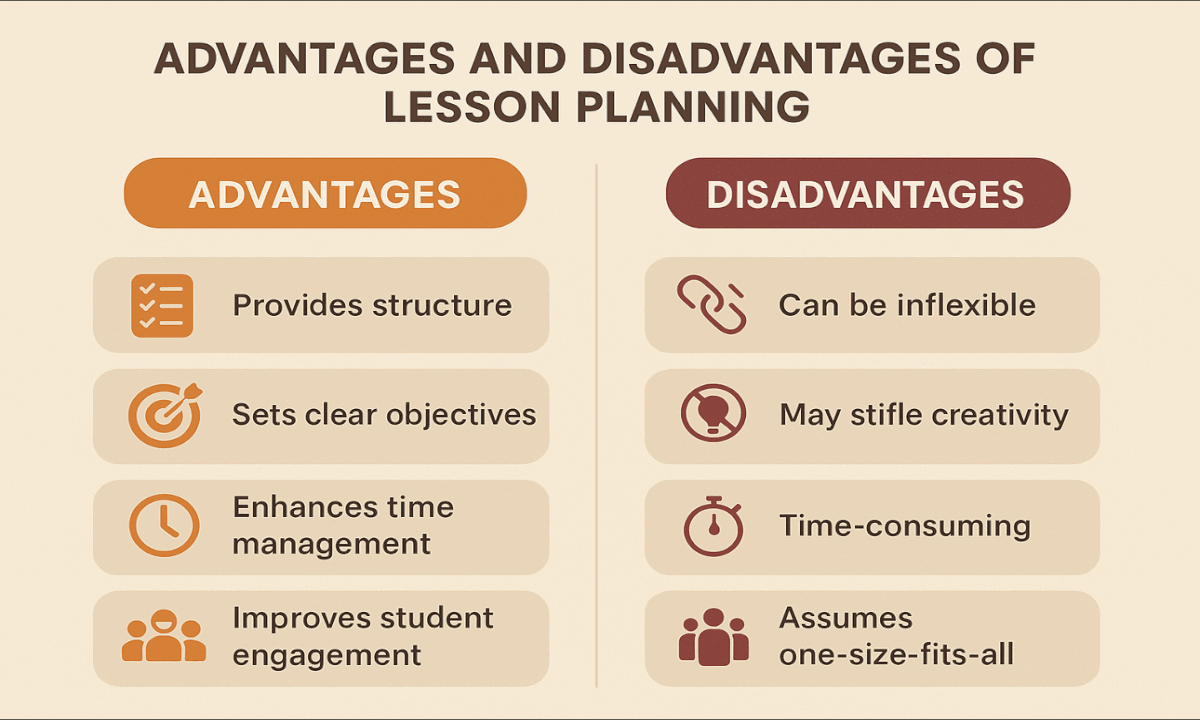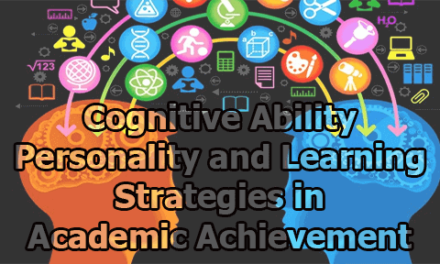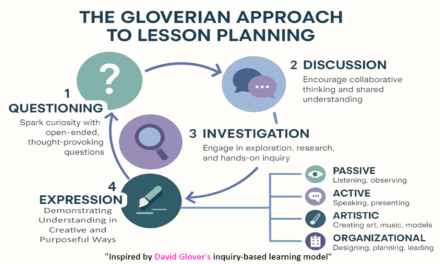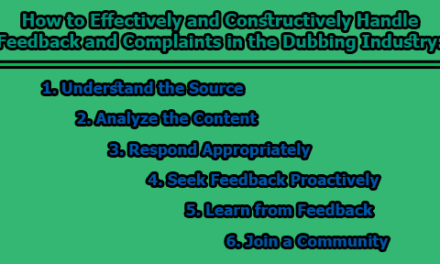Advantages and Disadvantages of Lesson Planning:
Lesson planning is a fundamental aspect of effective teaching and learning. It acts as a roadmap for educators, guiding them on what to teach, how to teach it, and how to ensure that learning objectives are met efficiently (Richards & Bohlke, 2011). A well-prepared lesson plan can greatly enhance the teaching-learning process by providing structure, boosting teacher confidence, and improving student engagement. However, while lesson planning offers multiple advantages, it is not without its challenges. This article explores the key advantages and disadvantages of lesson planning, supported by relevant research and examples.
Advantages of Lesson Planning:
- Encourages Continuous Improvement: A key benefit of lesson planning is that it motivates teachers to reflect critically on their practice and improve future lessons. After delivering a planned lesson, teachers can identify which activities were successful and which ones need revision. This ongoing cycle of planning, teaching, reflecting, and refining helps educators develop professionally and adapt to their students’ evolving needs (Farrell, 2015). For example, if a group activity does not engage students as expected, the teacher can adjust the instructions or group dynamics in the next lesson.
- Supports Self-Evaluation: Lesson planning acts as a tool for self-evaluation and accountability. When a teacher has clear objectives and a planned sequence, it becomes easier to assess whether those goals were achieved and how effective the teaching methods were (Richards & Lockhart, 1994). This process promotes a reflective mindset, enabling teachers to analyze their strengths and weaknesses in classroom delivery. For instance, if students struggle with a concept, the teacher can revisit the plan to see if alternative explanations or resources might help.
- Builds Teacher Confidence: Having a detailed plan helps teachers feel prepared and organized, which significantly boosts their confidence (Harmer, 2015). This sense of preparedness reduces anxiety and uncertainty, especially for new teachers who may find classroom management challenging. For example, knowing exactly what activities and questions to use can help a teacher handle unexpected disruptions or difficult student questions with greater ease.
- Considers Student Needs: Effective lesson planning places students at the center of the teaching process. Teachers design lessons that match students’ learning levels, prior knowledge, interests, and learning styles (Brown, 2007). This ensures that content is neither too easy nor too difficult. For example, a teacher might modify tasks for students who need extra support while including extension activities for advanced learners, thereby addressing diverse needs within the same lesson.
- Ensures Organization: A lesson plan provides a clear structure for the teacher to follow, ensuring that all key content is covered within the available time (Scrivener, 2011). This helps prevent important information from being overlooked and allows for logical progression from one topic to another. For instance, a teacher can allocate time slots for warm-up, explanation, practice, and assessment, ensuring that the lesson remains focused and efficient.
- Promotes Relevant Questioning: Planning ahead encourages teachers to prepare purposeful and thought-provoking questions that guide student learning (Richards & Bohlke, 2011). Well-crafted questions can stimulate critical thinking, check understanding, and encourage student participation. For example, in a literature lesson, planned open-ended questions can prompt students to analyze characters, themes, and motivations in depth.
- Provides Clear Guidance: A detailed plan serves as a practical guide during the lesson, outlining what to teach, when to teach it, and how to teach it (Farrell, 2015). This is especially useful when covering complex topics. For example, a science teacher might break down a difficult concept like photosynthesis into smaller, manageable parts with planned explanations, demonstrations, and practice activities.
- Enhances Student Interest: Carefully planned lessons often include a variety of activities — discussions, group work, games, or multimedia — that maintain students’ attention and motivation (Harmer, 2015). This variety reduces boredom and caters to different learning preferences. For example, combining visual aids with hands-on activities can make abstract concepts more concrete and interesting.
- Encourages Organized Thinking: Lesson planning helps teachers develop a systematic way of thinking about the lesson flow, classroom management, and potential challenges (Brown, 2007). This organized mindset is valuable not only for individual lessons but also for long-term curriculum planning. For instance, a language teacher might plan how grammar points build progressively over a semester.
- Clarifies Objectives: A lesson plan clearly states what the students should know or be able to do by the end of the lesson (Scrivener, 2011). Knowing these objectives helps the teacher choose suitable teaching methods and resources. For example, if the goal is to develop students’ speaking skills, the plan may emphasize role-plays, dialogues, or presentations rather than passive listening.
Disadvantages of Lesson Planning:
- Inflexibility in Unfamiliar Situations: One significant limitation of rigid lesson planning is that it can make teachers feel helpless in unexpected classroom situations. When an activity does not go as planned — for example, if students do not understand the material as quickly as anticipated — teachers may struggle to adapt if they are too dependent on a pre-set plan (Richards & Lockhart, 1994). Experienced teachers often highlight the importance of improvisation and responsiveness, qualities that can be restricted when a lesson is too tightly scripted (Farrell, 2015).
- Overcomplicates Simple Tasks: Sometimes, the effort to plan every detail in advance can turn straightforward concepts into unnecessarily complex ones (Scrivener, 2011). For example, a teacher might spend excessive time creating elaborate worksheets or activities for a topic that students could grasp through a simple discussion or demonstration. This can lead to wasted effort and may even confuse learners rather than clarify ideas.
- Time-Consuming Preparation: Another drawback is the time required to prepare detailed lesson plans, especially for new teachers or those teaching multiple subjects (Harmer, 2015). Crafting objectives, selecting materials, and predicting student responses can take hours. This workload can contribute to teacher stress and burnout (Farrell, 2015). For instance, a teacher with a full teaching load may have limited time to design and refine each lesson in depth.
- Limits Teacher Autonomy: Over-reliance on lesson plans can restrict a teacher’s independence in the classroom. If a teacher feels compelled to stick closely to the plan, they might miss opportunities to follow students’ spontaneous questions or interests (Richards & Bohlke, 2011). This can make teaching feel mechanical and reduce opportunities for authentic interaction. For example, a student’s unexpected but relevant question might be dismissed because it does not ‘fit’ the plan.
- Reduces Flexibility: Good teaching often requires flexibility, such as adjusting the pace of a lesson or responding to students’ needs in the moment (Scrivener, 2011). A rigid plan can limit this adaptability. For instance, if students show great interest in a topic and want to explore it further, a strict plan might prevent the teacher from extending the discussion. This can reduce students’ sense of ownership and engagement in their learning.
- May Complicate Teaching: In some cases, a detailed lesson plan can make the teaching process more difficult rather than easier. If the plan is too complex or unrealistic, teachers may struggle to execute it within the time frame or with the resources available (Brown, 2007). For example, a plan that includes multiple activities with extensive materials may not be practical in a large or under-resourced classroom. This can lead to stress for the teacher and confusion for students.
- May Stifle Creativity: Overly detailed lesson plans can sometimes limit a teacher’s creativity and spontaneity in the classroom. When teachers feel obligated to follow a fixed script, they may avoid experimenting with new methods or responding creatively to students’ ideas (Harmer, 2015). This can make lessons feel repetitive and uninspiring for both teachers and students. For instance, a teacher who sticks rigidly to pre-planned activities may miss opportunities to incorporate students’ interests, real-life examples, or unexpected teachable moments that arise naturally during class.
- Assumes One-Size-Fits-All: A traditional lesson plan may assume that all students learn at the same pace and in the same way, which is rarely true in diverse classrooms (Brown, 2007). While planning provides structure, it can overlook individual differences in learning styles, language proficiency, or special needs. For example, a single plan might not account for students who need extra time or alternative explanations. Without built-in flexibility, lesson plans can unintentionally ignore learners who require differentiated instruction.
In conclusion, lesson planning remains an indispensable tool for teachers, providing structure, clarity, and direction for effective instruction. The advantages, such as enhanced confidence, better organization, and student engagement, are significant in ensuring that teaching meets learning goals. However, educators must also recognize its limitations, including inflexibility and time demands. Striking a balance between detailed planning and flexibility is key to maximizing the benefits of lesson planning while minimizing its drawbacks. By doing so, teachers can adapt to diverse classroom situations, foster meaningful learning, and grow professionally.
References:
- Brown, H. D. (2007). Principles of language learning and teaching (5th ed.). Pearson Longman.
- Farrell, T. S. C. (2015). Reflective language teaching: From research to practice. Bloomsbury.
- Harmer, J. (2015). The practice of English language teaching (5th ed.). Pearson Education.
- Richards, J. C., & Bohlke, D. (2011). Creating effective language lessons. Cambridge University Press.
- Richards, J. and Lockhart, C. (1994). Reflective Teaching in Second Language Classrooms. Foreign Language Teaching and Research Press, Cambridge University Press. https://doi.org/10.1017/CBO9780511667169
- Scrivener, J. (2011). Learning teaching (3rd ed.). Macmillan Education.

Library Lecturer at Nurul Amin Degree College










